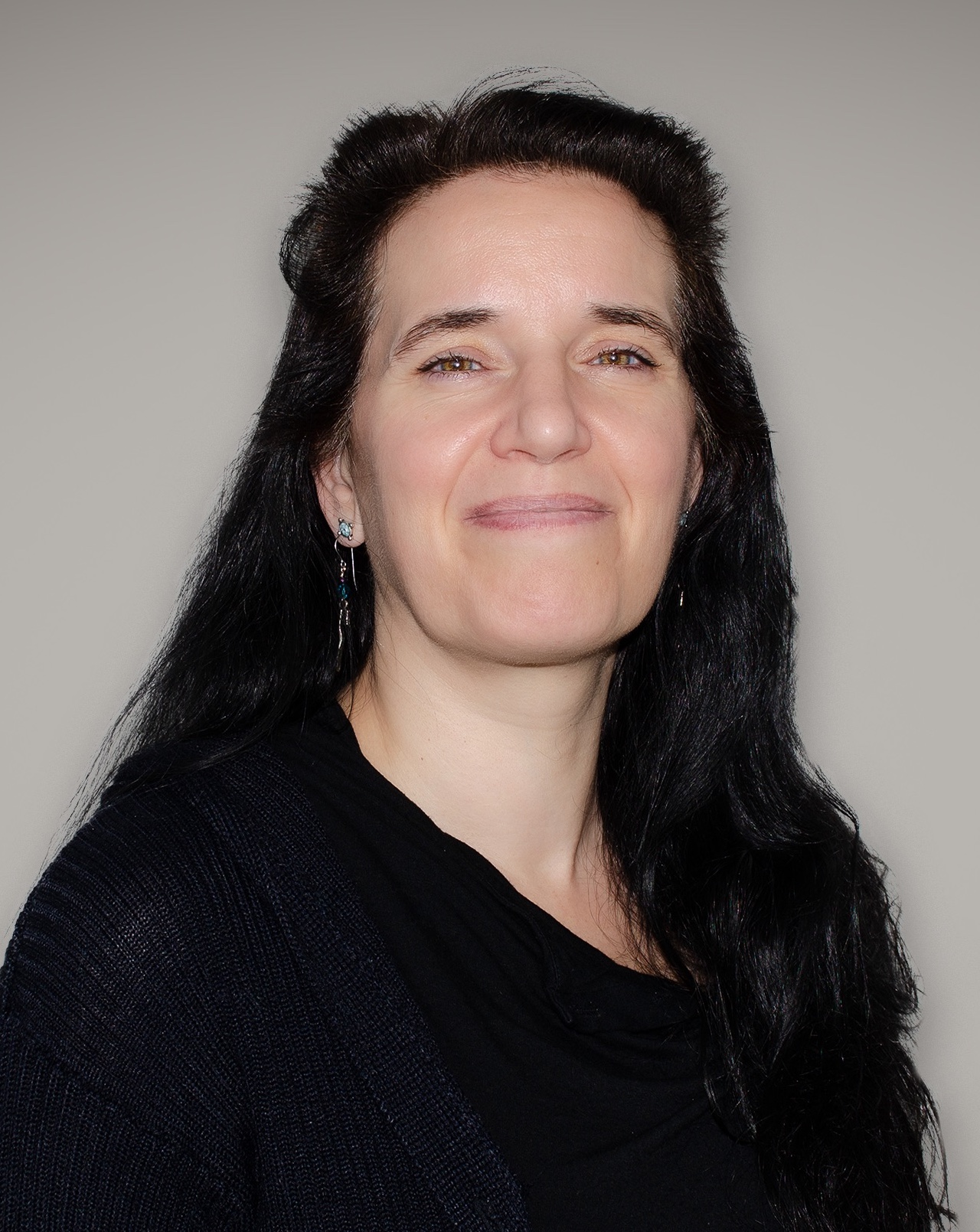
Changes in health can happen suddenly with an illness or injury, or gradually because of weight or stress that increases over time. As medical science advances the prevention and treatment of acute diseases, more attention is focused on chronic illnesses caused by lifestyle habits. Cancers, cardiovascular disease, and hypertension are so connected to lifestyle that they’ve come to be known as lifestyle-related diseases (LRDs). According to the World Health Organization, such noncommunicable diseases kill 41 million people each year, or 74% of all deaths globally.
Preventing and treating LRDs involves changing daily habits related to diet, fitness, and other lifestyle choices. A 2013 article in the Journal of Lifestyle Medicine, noted the integration of daily activities into primary care began in the 1990s. A decade later, clinicians might now prescribe lifestyle changes along with medication to treat and prevent chronic conditions. Even a family history of LRDs can be broken by nurturing a healthy routine. Developing beneficial habits can be a challenge given that modern urban living often includes too much processed food, stressful work, and sitting for hours every day, as well as the temptations of recreational drugs and alcohol.

“Changing habits, particularly long-established ones, can be difficult,” said Heidi Beer, a board-certified Health and Wellness Coach with Kinwell. “It’s hard to be self-accountable. That’s where a health coach can help. We work with patients to help them stay on track and reach their goals. We want patients to succeed and take the time to set them up for success.”
Writer James Clear, in his book Atomic Habits, explained that habits involve a cue (the trigger), craving, response, and reward. Once a craving is triggered, we respond without much conscious thought until we secure the reward. Changing such deeply ingrained patterns can be difficult. How many New Year’s resolutions have we all made and broken? In his online video The Diary of a CEO, Steven Bartlett notes that habits are hardwired in our unconscious so our conscious thinking can focus on more important concerns. Once established, habits are never forgotten. For example, the singer Tony Bennett was able to sing a wide range of songs even after Alzheimer’s disease had taken his memories of almost everything else. After a six-decade career, singing had become a habit triggered by the first notes played on a piano.
The good news is that old habits, while hard to erase, can be replaced with new habits. Clear suggests new habits be obvious, attractive, easy, and satisfying. If the goal is eating more fruit, place a bowl of fruit in an obvious location. Start with your favorite fruits that are easy to prepare.
Bartlett outlines the five steps needed to reduce old habits and establish new ones. To start with, we should avoid stress that can trigger old habits. Stressful situations motivate an individual to seek out quickly gratifying rewards, be it a pack of cigarettes or a carton of ice cream. Keeping stress levels low will keep you open to developing new habits and not default into old ones. Do whatever you can—medication, nature walks, a good night’s sleep—to reduce your stress level.
Step two is to avoid the cues and triggers of old habits. These triggers are often related to a specific environment. That’s why moving or changing a job are great opportunities to establish new habits. New environments force you to develop new routines. Even if you’re not changing your surroundings, you can consciously alter your environment by rearranging furniture or adopting a new route for your morning commute.
The third step is to avoid obsessing over the habits you’re trying to break. The act of thinking about what you shouldn’t do has been demonstrated to encourage that behavior. Instead, focus on the new habits you’re trying to adopt. New habits should be additive, not subtractive. For example, don’t focus on how you must stop smoking, but on how you should chew a piece of gum instead. Focus on the behavior you want to replace the old habit with.
Next, identify a motivation for your changing habits. Any significant change in our routine needs to be grounded in a meaningful goal. It might be greater fitness, the ability to travel, or to watch your grand kids grow. Ask yourself what is important in your life and note how changing habits will help you reach that goal.
The last tip is to recognize that willpower is finite. Depriving ourselves of something we want takes conscious effort that can only be sustained for so long. Relying on willpower alone is why so many resolutions are abandoned within weeks or months. Don’t try to change several habits at the same time. Pick the most important one and start simple, with gradual steps. The success in replacing one habit will build your confidence in changing the next.
According to Beer, “An effective way to change habits is to consciously recognize each element of this habit loop and change them one at a time. We consciously plan out a program for changing habits. We write a vision statement and set goals that align with core values. Then we talk about the barriers and what’s getting in the way. We meet patients where they are and together we identify small changes that can be made and then build on those successes.”
Kinwell’s health coaching service is free to patients who have completed our Lifestyle Medicine: Intro to Nutrition program.


